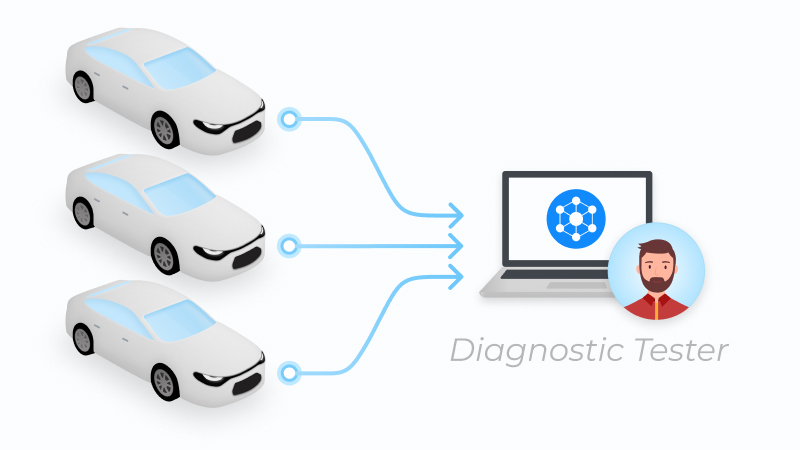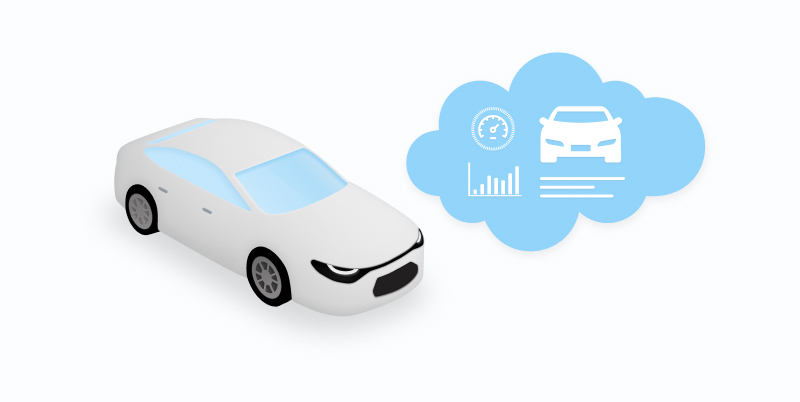What is Vehicle-to-Network technology?
Vehicle-to-Network (V2N) is a technology that connects vehicles to network services and infrastructure, enabling data exchange with traffic systems, cloud services, and the internet, thus enhancing smart transportation and smart city integration.
Following recent tendencies in the automotive industry, the communication between critical car components as well as a vehicle and its management system rely less on manual intervention and more on network-based V2N technologies.
Today’s highly reliable network infrastructures allow cars to get important information like notifications about road accidents or warnings about traffic jams from the management system working over the internet. This means faster and safer journeys and more autonomous driving.
With the use of V2N technology and cellular networks, vehicles become capable of exchanging data with V2X (vehicle-to-everything) control systems. This technology gives you the answers to the questions of how to remove a vehicle from the network fleet, how to change the vehicle name in the network fleet, how to design vehicle routing problems for a logistic network,
how to deregister a vehicle in the network fleet, and many more.
V2N data transfer channels give you a way to interact with cars like they were “devices” such as an iPhone or a tablet.
Here are just some of the possibilities that the V2N technology provides:
- Communications with the road infrastructure in order to accept broadcast messages about road conditions.
- Communications with other cars with the use of cellular networks and DSRC.
- Communications with cloud infrastructures and devices connected to the cloud.
- Communications between the vehicle and the pedestrian, etc.




